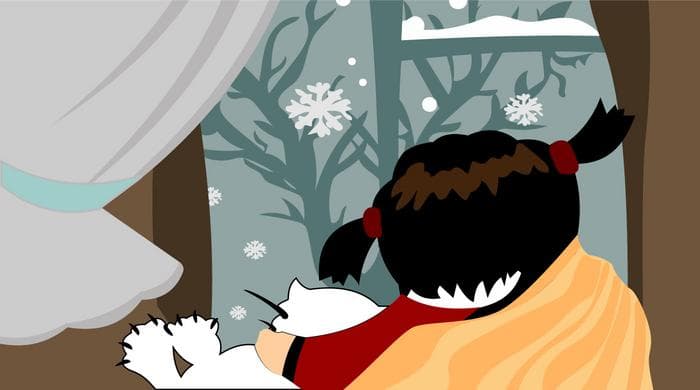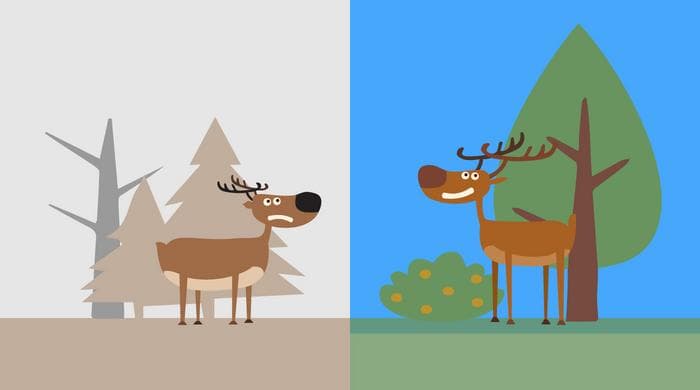Heat the growth zones

In 1877, Joel Allen formulated the rule of limb size.
The essence of this rule is that in cold regions, animals have shorter limbs, while their relatives in warm places have longer limbs.
Carl Bergmann added that in northern latitudes, bodies are larger.
At the same time, the body mass in all regions is the same.
Researchers claim that this is related to survival benefits:
Shortened extremities help retain body heat in cold environments by decreasing surface area for potential heat loss.1
In other words, larger body sizes in cold climates minimize heat loss, while longer limbs in warm regions facilitate heat dissipation.

New research confirms that the further a body part is from the heart, the lower the temperature there. For example, the temperature in the chest is 36.6°C, while in the knees, it is 32°C. If you are outside in -3°C, the temperature in your feet will drop to 24°C. Thus, the temperature of limbs is influenced by the environment, while the torso is regulated by the heart.
As the temperature drops, blood vessels narrow, and nutrients may not reach the distant parts. The length of the legs will be the first to suffer.
Conversely, heating the knees with a 40-degree heating pad for just 10 minutes expands the blood vessels, increases blood flow by 3 times, and increases the blood volume in the thigh by 70%. Twice as many nutrients enter the growth zones. Growth occurs.
…there appears to be a direct causative relationship between increased blood supply to the growth plate and enhanced bone elongation.
In a recent study, mice had one side of their bodies heated with a 40 degree heating pad for 40 minutes a day, while the other side served as a control.2 Over 14 days, on the warm side the length of ear increased by 9%, hindfoot 4%, femoral 1.3%, tibial 1.5%. The elongation rate of the tibia was 12% higher. After 7 weeks, the results were sustained.
Practical recommendations:
- Maximize the use of the warmer months to make an attempt at growth. The highest growth rates in humans are observed in the warm spring and summer months.
- Spend most of the day at a temperature of 21-27°C. Temperatures above 32°C and below 7°C noticeably disrupt cellular homeostasis.
- Wear warm clothing in cold weather. (thanks cap)
- Move and eat more in winter. In the wild, animals maintain body mass by increasing their food intake and activity levels in the cold.
- Wear woolen knee pads during sports activities. During physical exertion, such as jumping, bones can be damaged, and with increased blood flow, they can recover more easily.
- Keep your feet warm during sleep. Ensure you have warm blankets, comfortable knee pads, and socks.
- Use heating pads, warm belts, ointments, and plasters for the knee joints. Temperatures of 43-54°C for 40 minutes a day are sufficient for heating.
-
Serrat M. A. (2014). Environmental temperature impact on bone and cartilage growth. Comprehensive Physiology, 4(2), 621–655. https://doi.org/10.1002/cphy.c130023 ↩
-
Serrat, M. A., Schlierf, T. J., Efaw, M. L., Shuler, F. D., Godby, J., Stanko, L. M., & Tamski, H. L. (2015). Unilateral heat accelerates bone elongation and lengthens extremities of growing mice. Journal of orthopaedic research : official publication of the Orthopaedic Research Society, 33(5), 692–698. https://doi.org/10.1002/jor.22812 ↩
Posted on
Last edited on
